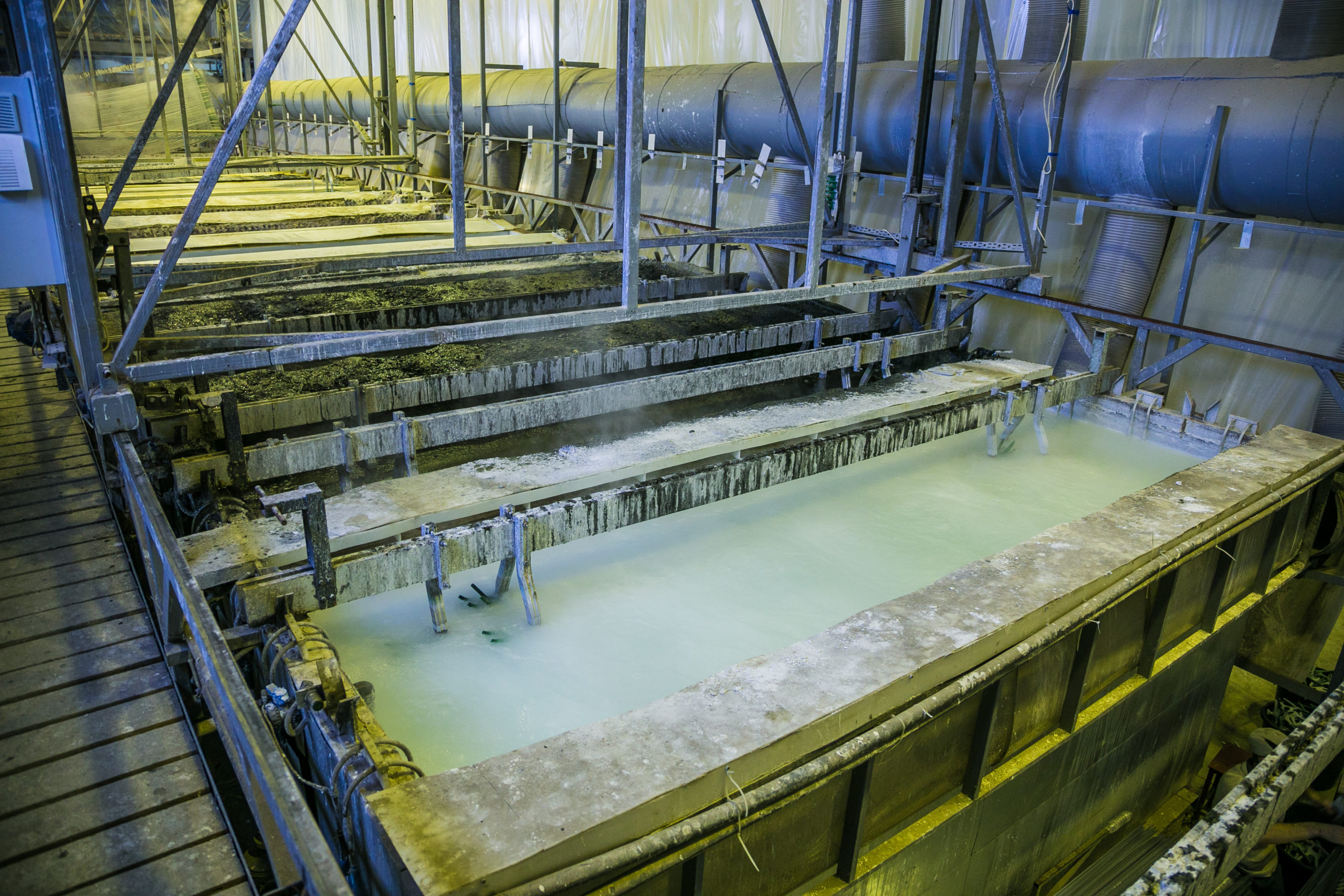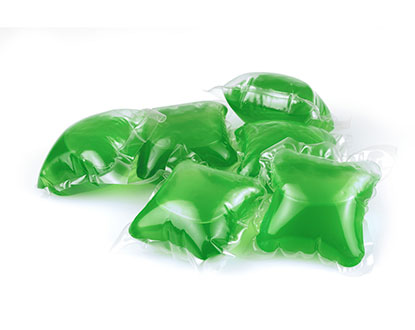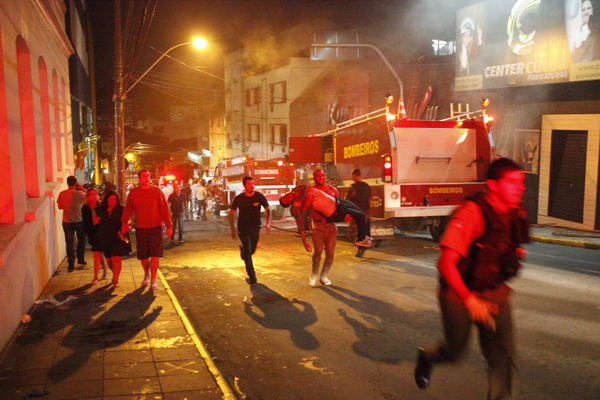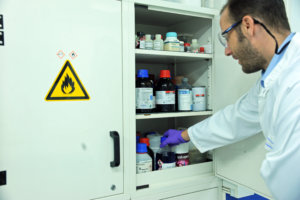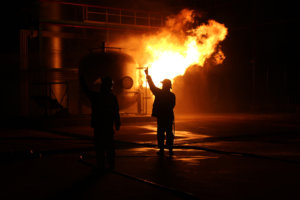Safety and prevention
The secrets of solvation
The danger of hydrofluoric acid (HF)
Hydrofluoric acid is a key chemical in many industries, particularly as a surface treatment agent (glass, metals, ceramics, etc.) or as a reaction additive. It is used in many fields of activity, from the production of photovoltaic cells to industrial maintenance in the food industry. Despite the dangers associated with its use, there are few or no substitute products or techniques. This is why its production is growing along with its global demand.

